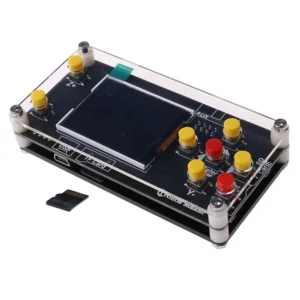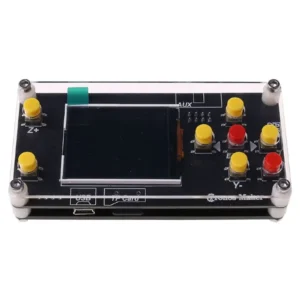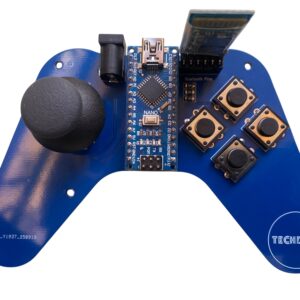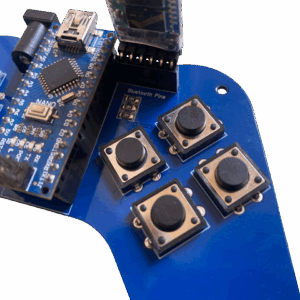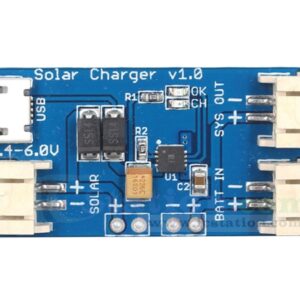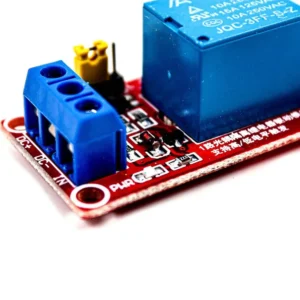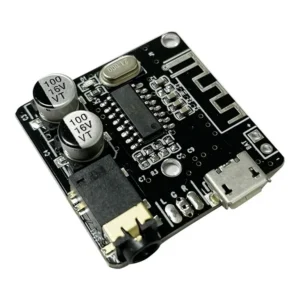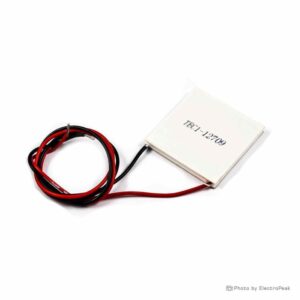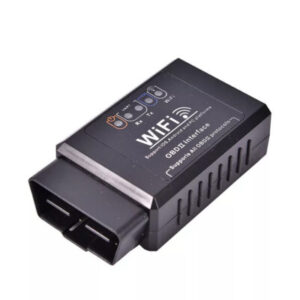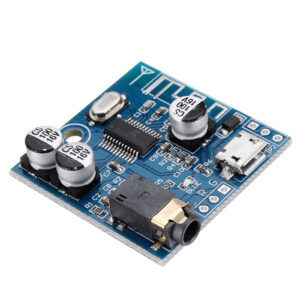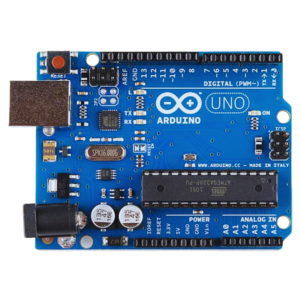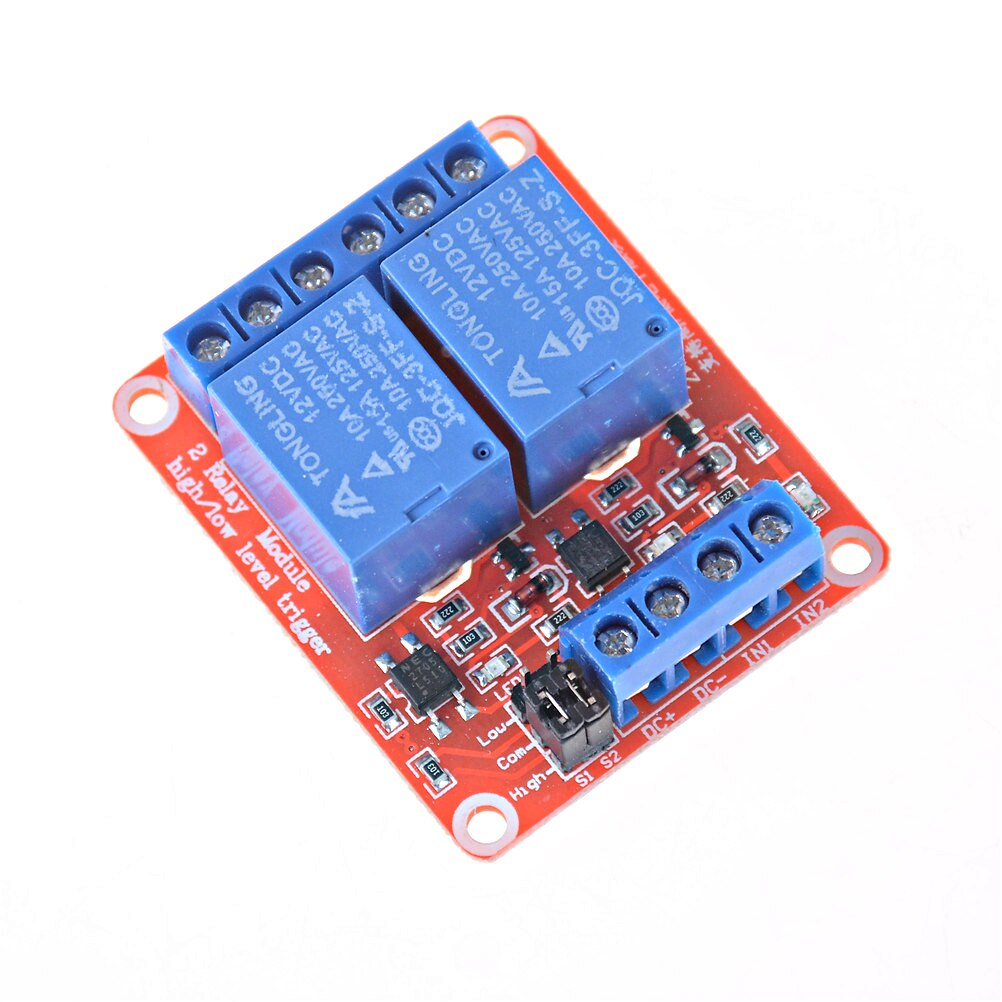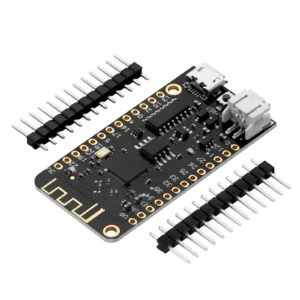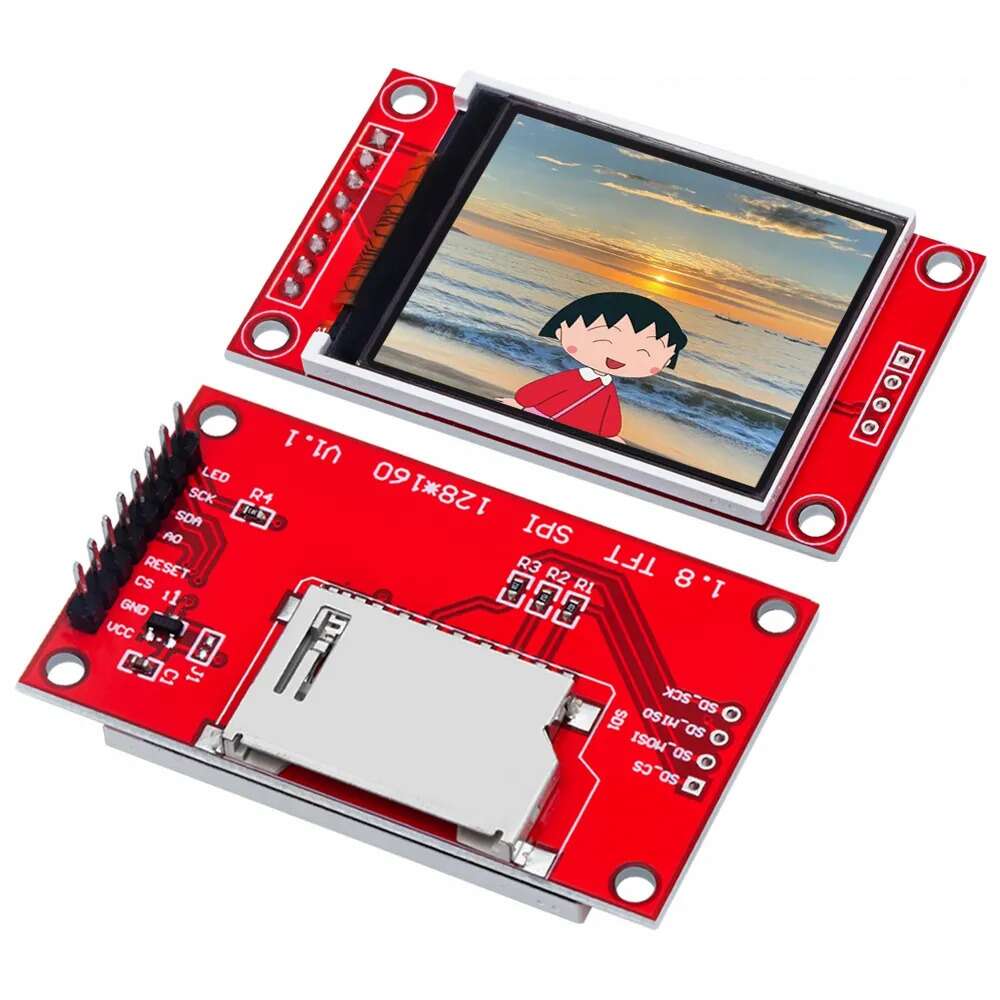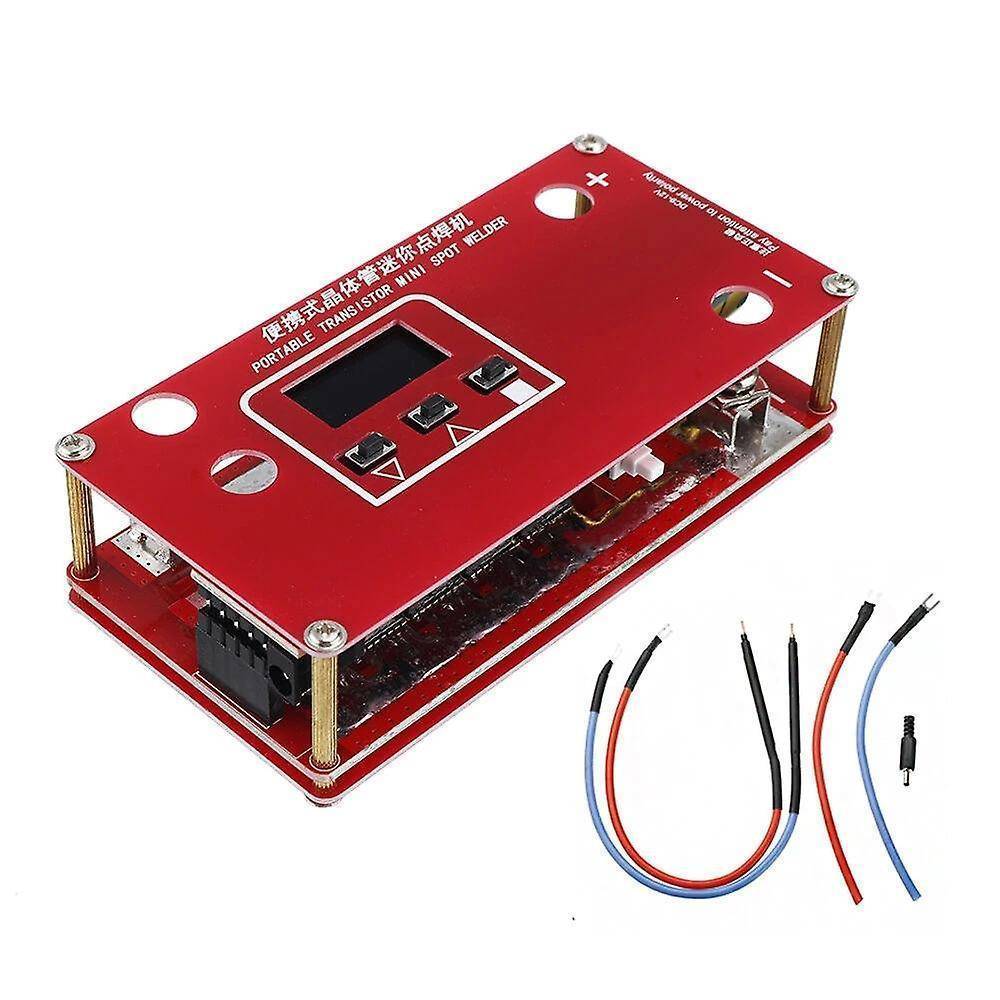-
- Out of Stock
- Modules
1.8Inch GRBL Offline CNC Controller Board
- 2,500.00 EGP
- Upgrade your CNC setup today with this high-quality GRBL offline controller and enjoy greater control, flexibility, and convenience in every project.
- Read more
-
-
- Robotics, Modules
DomStick: Bluetooth Game Controller PCB Based on Arduino Nano
- 600.00 EGP
- DomStick Bluetooth Game Controller PCB based on Arduino Nano with joystick, buttons, and HC-05 module for wireless robot and DIY electronics projects
- Add to cart
-
- Modules
CN3065 18650 Li-ion Mini Solar Charger Module
- 110.00 EGP
- CN3065 18650 Li-ion Mini Solar Charger Module – safe, compact, and dual input for solar or USB charging. Ideal for DIY electronics, solar projects, and portable devices.
- Add to cart
-
- Out of StockSale!
- Modules
DC-DC Boost Converter Voltage Step Up Module 400W 12A
- Original price was: 400.00 EGP.350.00 EGPCurrent price is: 350.00 EGP.
- High-power DC-DC Boost Converter 400W 12A with adjustable 10–60V output, 95% efficiency, cooling fan, and protection features—ideal for solar, LED, and DIY projects.
- Read more
-
-
- Sale!
- Modules
BeagleY-AI Edge Compute Board
- Original price was: 8,000.00 EGP.7,550.00 EGPCurrent price is: 7,550.00 EGP.
- Discover the BeagleY-AI Edge Compute Board – a powerful AI-driven single-board computer with 4 TOPS performance, Wi-Fi 6, Bluetooth 5.4, Gigabit Ethernet, and multi-display support. Perfect for robotics, automation, vision, and edge AI applications.
- Add to cart
-
- Relays, Modules
Relay Module 1 Channel 12V with High/Low Level Trigger Selector
- 45.00 EGP
- Buy the Relay Module 1 Channel 12V with High/Low Level Trigger Selector. Perfect for Arduino, Raspberry Pi, and IoT projects. Safely control AC and DC loads with flexible trigger modes and reliable isolation.
- Add to cart
-
- Modules, Audio
Mini Bluetooth Audio Receiver Board BT5.0 with micro USB
- 100.00 EGP
- The Mini Bluetooth Audio Receiver Board BT5.0 is a compact, high-performance module designed to wirelessly receive audio signals via Bluetooth 5.0 technology. Equipped with a convenient micro USB port for power, this board allows you to easily upgrade any audio device to support Bluetooth streaming with minimal setup.
- Add to cart
-
- Other Modules
TEC1-12709 Thermoelectric Cooler (Peltier)
- 365.00 EGP
- The TEC1-12709 is a high-performance thermoelectric cooler based on the Peltier effect, capable of efficiently transferring heat from one side to the other when powered. It’s widely used in applications requiring compact, reliable, and silent cooling or heating solutions.
- Add to cart
-
- Out of Stock
- Modules
PZEM-004T Single Phase Smart Energy Meter (220V, 100A)
- 550.00 EGP
- The PZEM-004T (V1.0) is a compact and highly accurate single-phase smart energy meter designed for monitoring and analyzing electrical parameters in real time. With support for Modbus-RTU communication (TTL/RS485 interface), it is widely used in smart home projects, industrial monitoring, and IoT energy management applications. This module enables you to measure voltage, current, active power, frequency, power factor, and energy…
- Read more
-
-
- Sale!
- Modules
Redcolourful ELM327 V1.5 O-BD2 WiFi Car Diagnostic Scanner
- Original price was: 1,000.00 EGP.875.00 EGPCurrent price is: 875.00 EGP.
- The Redcolourful ELM327 V1.5 OBD2 WiFi Scanner is a powerful, wireless car diagnostic tool designed for quick and efficient vehicle health monitoring. Compatible with most OBD2-enabled cars (1996 and newer), this compact scanner connects via WiFi to smartphones, tablets, and laptops, allowing you to read engine codes, monitor live data, and optimize performance—all without cables.
- Add to cart
-
- Sale!
- Modules
Blue V1.5 OBD ELM327 Bluetooth Interface Auto Car Scanner OBD II
- Original price was: 600.00 EGP.495.00 EGPCurrent price is: 495.00 EGP.
- The Blue V1.5 OBD2 ELM327 Bluetooth Interface is a high-performance car diagnostic tool designed to read and clear trouble codes, monitor live sensor data, and provide real-time vehicle diagnostics. Compatible with most OBD2-enabled vehicles (1996 and newer), this compact and wireless scanner connects seamlessly via Bluetooth to your smartphone, tablet, or laptop, allowing you to access vital engine data and improve your…
- Add to cart
-
- Audio, Bluetooth, Modules
Mini Bluetooth 4.1 Decoder Board Audio Receiver BT4.1 with Micro USB
- 130.00 EGP
- This Bluetooth MP3 Decoder Board is an all-in-one audio solution featuring Bluetooth 4.1, MP3/WAV playback (via TF card/USB), FM radio, and a built-in amplifier (3W–5W per channel). Ideal for DIY speakers, car audio upgrades, and home stereo modifications, it supports wireless streaming, local playback, and AUX input—all in a compact, easy-to-integrate module.
- Add to cart

